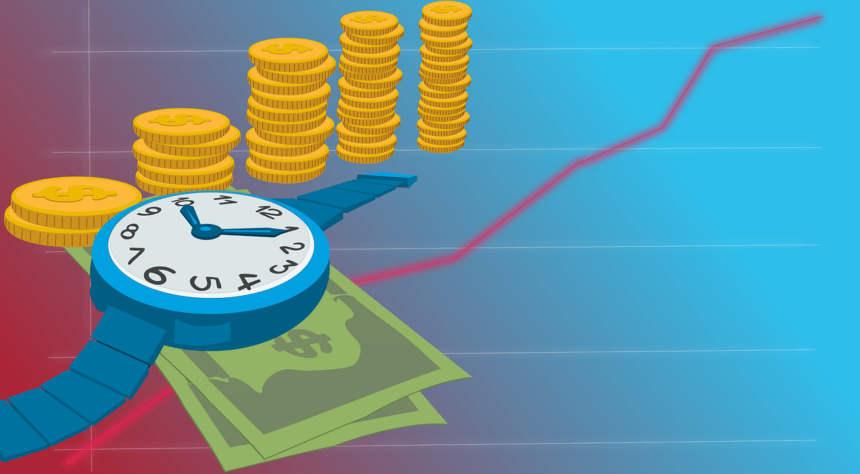Budgeting is a crucial skill for achieving financial stability and independence. One of the most effective budgeting methods is the 50/30/20 rule, which divides income into needs, wants, and savings.
However, integrating micro-saving techniques into this budgeting framework can enhance financial security by fostering disciplined saving habits. This article explores how micro-saving can be effectively combined with the 50/30/20 rule, offering practical examples and strategies.
Understanding the 50/30/20 Budgeting Rule

The 50/30/20 rule, popularized by Elizabeth Warren, is a simple budgeting principle that suggests allocating:
- 50% of income to needs: Essential expenses such as rent, utilities, groceries, insurance, and transportation.
- 30% of income to wants: Discretionary spending on entertainment, dining out, vacations, and hobbies.
- 20% of income to savings and debt repayment: Includes emergency savings, retirement contributions, and paying off loans.
The 50/30/20 Budget Rule Explained with Examples.
To better understand how the 50/30/20 rule applies in real life, consider the following example:
1. Individual Earning $3,000 per Month
- Needs (50%): $1,500 (rent, groceries, insurance, transportation, etc.)
- Wants (30%): $900 (eating out, entertainment, hobbies, shopping, etc.)
- Savings & Debt Repayment (20%): $600 (emergency fund, retirement contributions, paying off debt)
2. Family Earning $6,000 per Month
- Needs (50%): $3,000 (mortgage, utilities, groceries, healthcare, childcare, etc.)
- Wants (30%): $1,800 (family outings, vacations, subscriptions, dining out, etc.)
- Savings & Debt Repayment (20%): $1,200 (college fund, emergency savings, investments, loan repayments)
These examples illustrate how different income levels can apply the 50/30/20 rule to maintain a balanced budget while ensuring both short-term and long-term financial goals are met.
What is Micro-Saving?
Micro-saving refers to regularly saving small amounts of money, often through automated transactions or spare change round-ups. This approach is effective for those who struggle to set aside large sums for savings. Micro-saving methods include:
- Round-Up Savings Apps: Apps like Acorns, Chime, or Revolut round up purchases to the nearest dollar and deposit the difference into a savings account.
- Automated Transfers: Setting up automatic transfers of small amounts (e.g., $1 daily or $5 per week) to a savings or investment account.
- Cash-Based Micro-Saving: Saving loose change or small bills in a jar for future use.
- Gamified Savings: Apps that encourage saving by rewarding milestones or challenges.
How to Integrate Micro-Saving with the 50/30/20 Rule
1. Enhancing the 20% Savings Category
While the 50/30/20 rule already allocates 20% of income to savings and debt repayment, micro-saving can supplement this category effortlessly. For instance:
- If you automate a $0.50 round-up on every transaction and make 20 transactions per week, you’ll save $10 weekly or about $520 annually without feeling the impact.
- Setting aside $5 daily through an automated savings plan adds up to $1,825 per year, significantly boosting emergency savings.
2. Reducing the 30% Want-Based Spending
By implementing micro-saving habits, individuals can find ways to save within their discretionary spending. For example:
- Instead of buying a $5 coffee daily, rounding up that amount to save $1 per purchase results in substantial long-term savings.
- Allocating cashback or rewards points from discretionary spending to savings instead of spending them can reinforce micro-saving efforts.
3. Supplementing Emergency and Retirement Savings
A significant challenge with budgeting is building an emergency fund and retirement savings. Micro-saving can act as a backup by:
- Directing spare change savings into an emergency fund.
- Using micro-investing platforms to allocate small amounts into retirement accounts or low-risk investments.
Real-Life Example
Case Study: Jane’s Budgeting Strategy Jane earns $4,000 per month and follows the 50/30/20 rule:
- Needs (50%): $2,000 (rent, utilities, groceries, insurance, etc.)
- Wants (30%): $1,200 (entertainment, dining out, shopping, etc.)
- Savings & Debt Repayment (20%): $800
To boost her savings, Jane integrates micro-saving methods:
- She uses a round-up savings app that saves an average of $50 per month.
- She automates a $3 daily transfer to a high-yield savings account, adding $90 monthly.
- She participates in cashback programs, redirecting $30 per month into savings.
As a result, Jane increases her savings by approximately $170 per month, leading to an extra $2,040 saved annually, all without making drastic lifestyle changes.
Combining micro-saving strategies with the 50/30/20 budgeting rule is a powerful way to improve financial discipline and build wealth effortlessly. Individuals can enhance their financial stability without feeling deprived by incorporating small, automated savings techniques. Whether through round-up apps, automated transfers, or gamified saving approaches, micro-saving makes financial success more achievable for everyone.
References
- Warren, E., & Warren Tyagi, A. (2005). All Your Worth: The Ultimate Lifetime Money Plan. Free Press.

